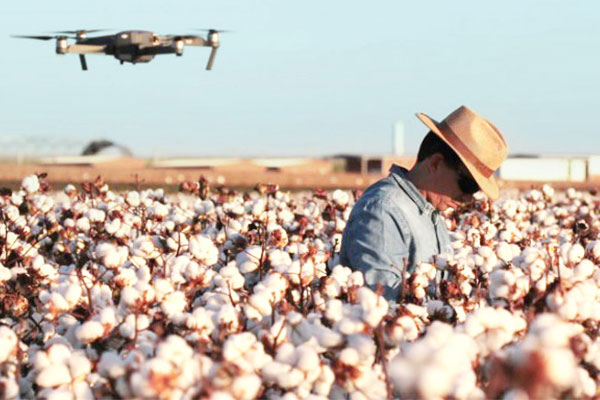Brazil, the South American agricultural powerhouse, is expected to make history between 2023-2024, with cotton output reaching 1.4 million packs, an increase of 23.7% from last year. According to the latest report of the U.S. Department of Agriculture (USDA), this significant growth will not only consolidate Brazil’s important position in the global textile industry, but will also make it surpass the United States, becoming the world’s third-largest cotton producer after China and India.
According to USDA estimates, China and India ranked the top two in the world with 27.5 million packs and 25 million packs, respectively, while the United States, which has long been one of the major countries in global cotton production, is expected to produce 12.4 million packs in 2023-2024, down 13.9% compared to the same period.
Brazil’s cotton production has increased thanks to the widespread adoption of advanced technologies by domestic farmers, including the practice of precision agriculture.Márcio Portocarreiro, executive director of the Brazilian Association of Cotton Growers (Abrapa), said modern technologies enable farmers to monitor and manage crops more effectively, optimize resource utilization and thus increase productivity.
In the past, the United States has been referred to as the “Cotton Belt,” especially in the southern states, which have always been the focus of cotton harvesting. However, due to soil depletion and socio-economic changes, cotton production in the region has declined, with many farms turning to other crops such as corn, soybeans and wheat.
Cotton has occupied an important position in the garment industry due to its excellent properties such as good moisture absorption, good vertical resistance and durability. Consumer preference for cotton products has also continued to drive global demand for cotton.
The rise of Brazil means not only more choice and possibilities for the global textile market, but also challenges other major cotton producers.In addition, the expansion of the Brazilian cotton industry may also affect global cotton prices and textile costs, thereby affecting the overall layout of the global textile industry.



 Follow customer service WeChat
Follow customer service WeChat